Wheel bearings belong to the safety-relevant components in a vehicle and ensure low-friction rotation of the wheels. However, the wheel bearings are subject to heavy loads during every journey. Not only do they provide the power transmission, but also have to absorb the combination of forces from the vehicle mass, acceleration and the occurring impacts. As a result, wheel bearings are regularly damaged and should therefore be replaced.
The wheel bearing: important for every vehicle
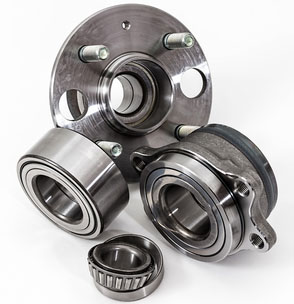
Since wheel bearings have to absorb and balance an enormous amount of forces, they are crucial for safe driving. A defect in a wheel bearing may quickly massively decrease the road safety of the vehicle and should be repaired as soon as possible.
When you notice signs of a defective wheel bearing, you should not drive the vehicle without having it repaired, if you are able to. It is therefore important to quickly search for the appropriate spare parts and then carry out the replacement. In addition, if you continue to drive, this may result in significantly higher costs, as other parts of the vehicle will be also affected.
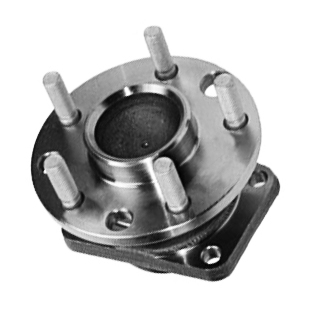
Wheel bearing front & rearup from £3,48 made in Germanyorder now in our online shop ⇒ |
Often the wheel hub is also damaged, and so it has to be replaced as well. This increases the cost of the repair considerably.
How to tell a wheel bearing is damaged
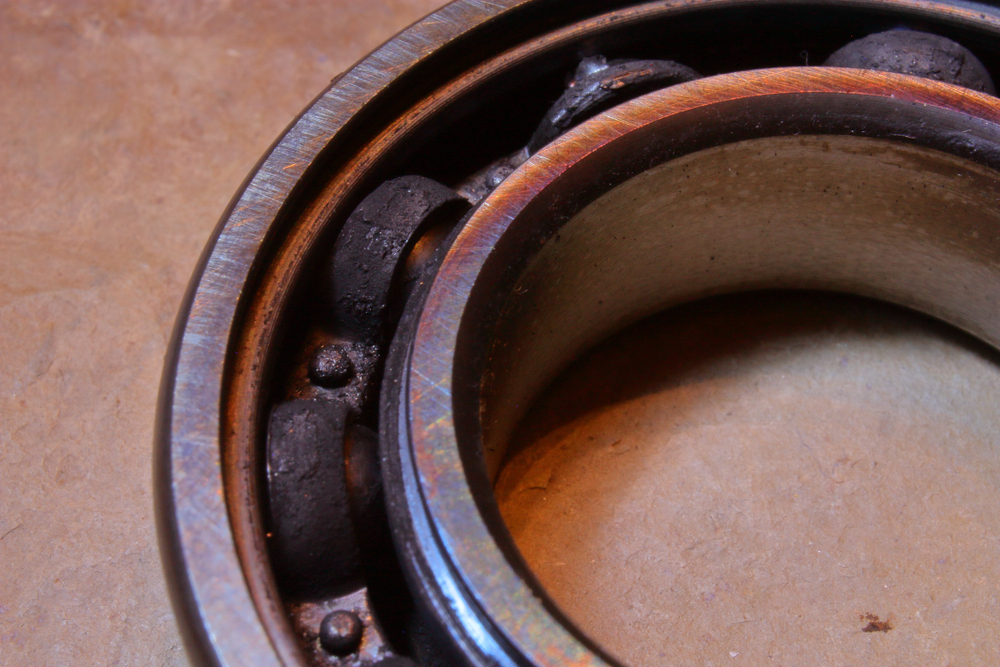
Wheel bearing damage is very easy to recognise. There are a few signs that you might notice while driving. There is also another sign. Since a defective wheel bearing significantly increases the resistance of the tyre, the fuel consumption of the vehicle also increases significantly. So, if you don’t notice the other signs, for example because of the volume of the radio, you should become suspicious of and check the wheel bearing if fuel consumption increases.
The following are the most important signs of a defective wheel bearing:
|
1. When cornering, you will hear a humming noise depending on the steering angle. 2. In certain speed ranges the wheel bearing hums clearly audible. 3. A slight movement is noticeable when wobbling the tyre. 4. The affected wheel turns with increased resistance and rubs on the surface. 5. Jack up the vehicle. The affected wheel is very difficult to turn and makes a lot of noise. 6. You can determine the bearing play on the wheel when the vehicle is jacked up. |
Wheel bearing construction
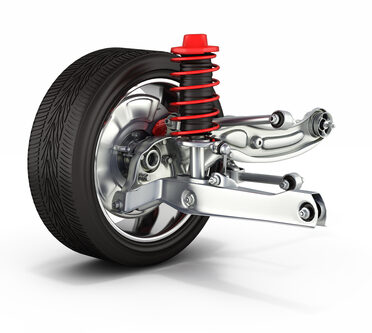
- A wheel bearing is one of the most heavily loaded parts on a vehicle. It lies directly on the wheel hub and ensures that the wheels run unrestricted.
- Furthermore, the wheel bearing absorbs the forces that act directly on the wheels.
- As a rule, so-called roller bearings are used today. These include ball bearings and cylindrical roller bearings.
- The so-called rolling elements lie between two rings and are held in place by means of a retainer.
- Lubricating oil between the individual components ensures lower rolling resistance. If there is wear or a defect in the wheel bearing, this lubricant usually leaks out.
- The rolling resistance increases significantly and in the worst case the wheel bearing may overheat and seize up.
For this reason, it is important to check this component regularly and replace it at the first sign of wear.
Workshop or do it yourself?
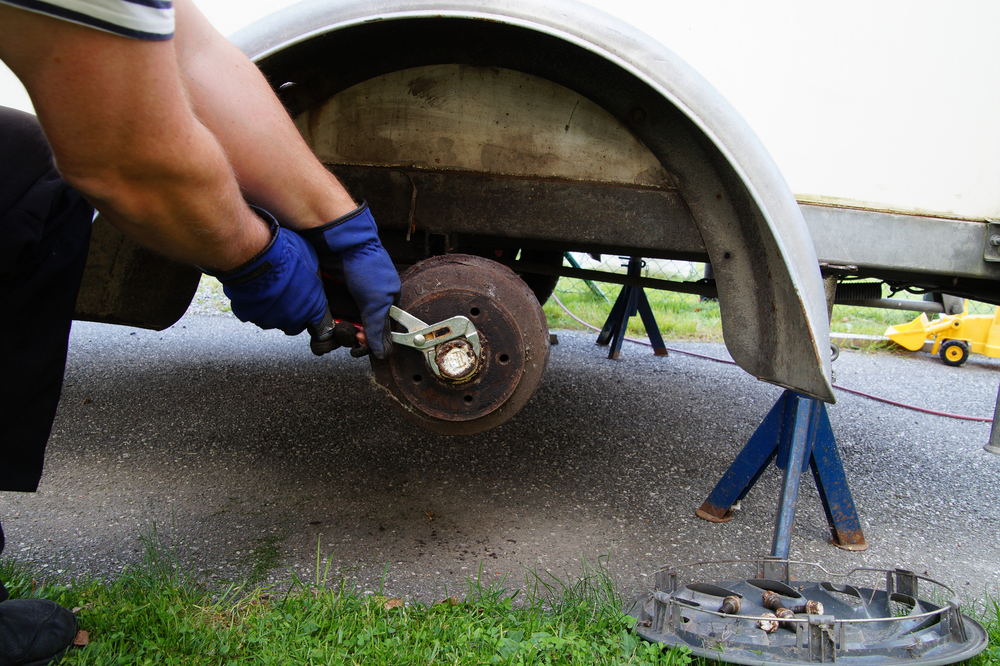
As with all safety-relevant parts of the vehicle, the question always arises as to whether the replacement or repair should be carried out by you or by a specialist workshop.
In the case of the wheel bearings, it should be said that the replacement in and of itself is not particularly difficult. As a rule, if you have already worked on your vehicle, you are able to carry out the replacement yourself without any problems.
However, if you do not have the necessary tools or are unable to carry out the replacement yourself, you can always contact a suitable specialist workshop.
Usually, the replacement in a workshop may be completed within 30 minutes, so you do not have to expect too high a bill. However, if you would like to, you may also carry out the replacement yourself. Depending on the equipment of your own workshop, this does not take much longer either.
Tools required for replacement
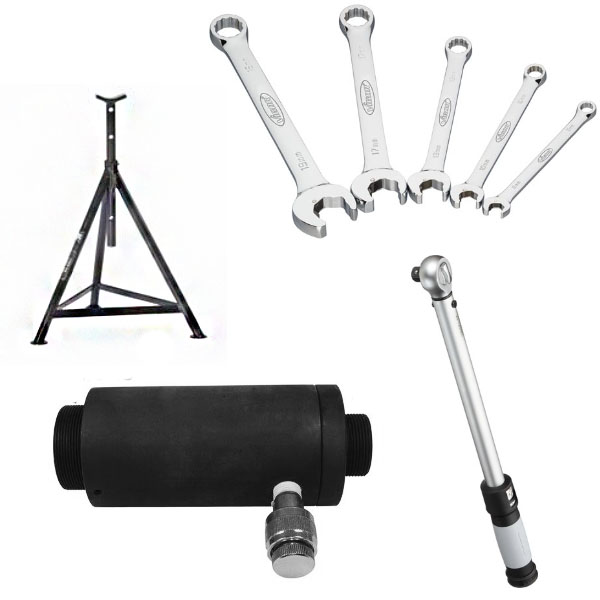
Special tools are required to change the wheel bearing. If you do not have these at hand, the replacement is hardly possible. In addition to the standard tools for working on the vehicle, you will need:
– A set of spanners
– A torque wrench
– The ability to jack up the vehicle
– A special hydraulic pump to remove the wheel bearings from their socket
Changing wheel bearings step by step
![]() Wheel bearings should always be replaced in pairs. Since the same forces permanently act on wheel bearings of an axle, a defect on one wheel bearing is a sufficient indication of wear on the other wheel bearing. Therefore, always replace both wheel bearings.
Wheel bearings should always be replaced in pairs. Since the same forces permanently act on wheel bearings of an axle, a defect on one wheel bearing is a sufficient indication of wear on the other wheel bearing. Therefore, always replace both wheel bearings.
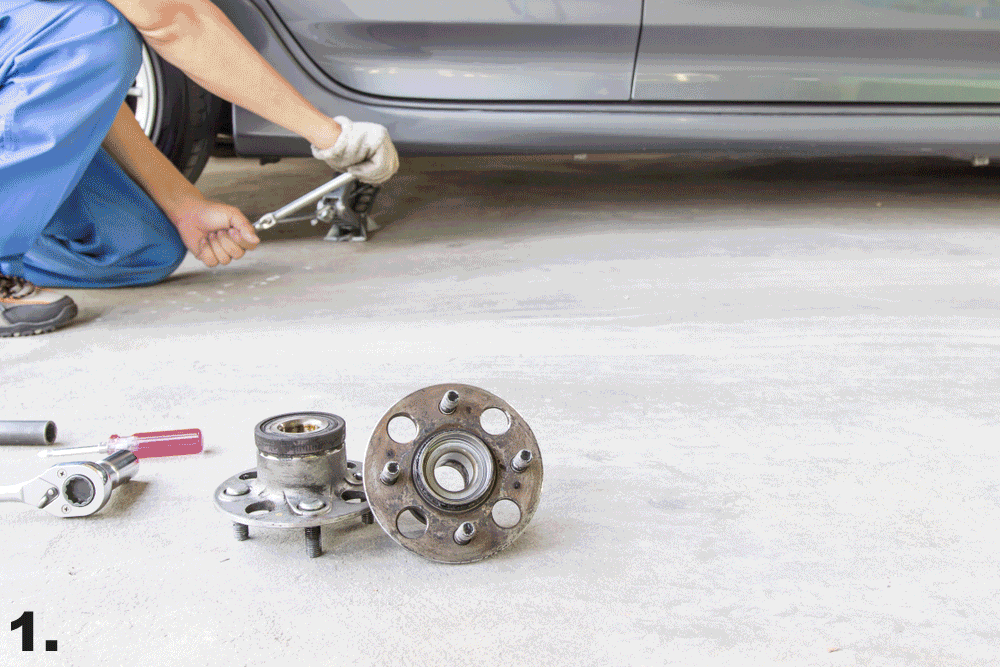 1. Jack up the vehicle or drive it onto a lifting platform. 1. Jack up the vehicle or drive it onto a lifting platform.2. Dismount the wheels. 3. Remove the brake discs. 4. Check the exposed wheel bearing. 5. Use a special tool or hydraulic pump to press the wheel bearing out of its socket. 6. Press the new wheel bearing into the socket. 7. Attach the brake discs. 8. Mount the wheels. 9. Check the free movement of the wheels with the new wheel bearing. 10. Check the smooth running of the tyres. 11. Lower the vehicle again. |
Mistakes to avoid when changing a wheel bearing
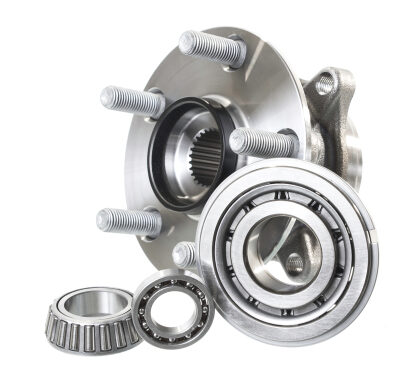 Even though changing a wheel bearing may be done quickly with the right tools, you should still avoid making a few mistakes.
Even though changing a wheel bearing may be done quickly with the right tools, you should still avoid making a few mistakes.
The most common one is probably changing only one wheel bearing. Firstly, you will see that you also have to change the second wheel bearing within a very short time. Secondly, such replacement leads to an imbalance. This means that the wheel bearings are now subject to different loads and the new wheel bearing may wear out much quicker. For this reason, it is important to always replace both wheel bearings at the same time. When changing them, also pay attention to the brake discs. These can also be checked during the change and replaced if necessary.
The cost of a new wheel bearing
Depending on the vehicle and its type, the costs for a wheel bearing may vary significantly. As a rule, however, they are between 50 and 150 pounds per component.
The costs for a replacement in the workshop may also vary and depend on the vehicle type and the condition of the wheel bearing. If the bearing has already seized up, it will be much more difficult to remove it and therefore more expensive to replace it.
The type of a wheel bearing also plays a part. Wheel bearings on the drive wheels are often more difficult to replace and therefore significantly more expensive to repair.
Foto: NONGASIMO, Mr_Mrs_Marcha, kvsan, banedeki, BELL KA PANG, Stason4ik, Conny Skogberg / shutterstock.com

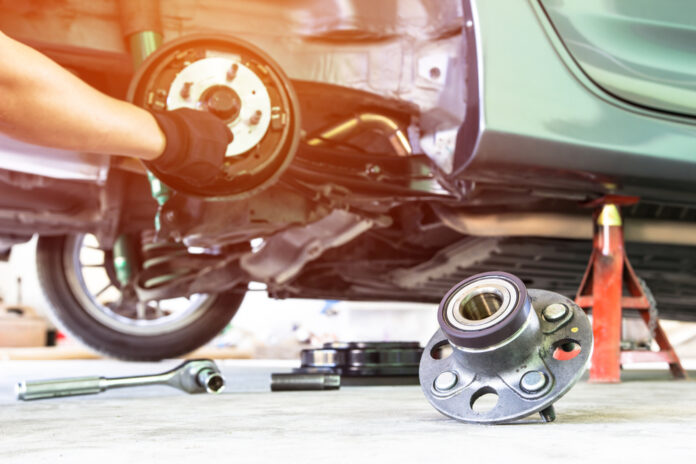

 (27 votes, average: 4.56 out of 5)
(27 votes, average: 4.56 out of 5)







